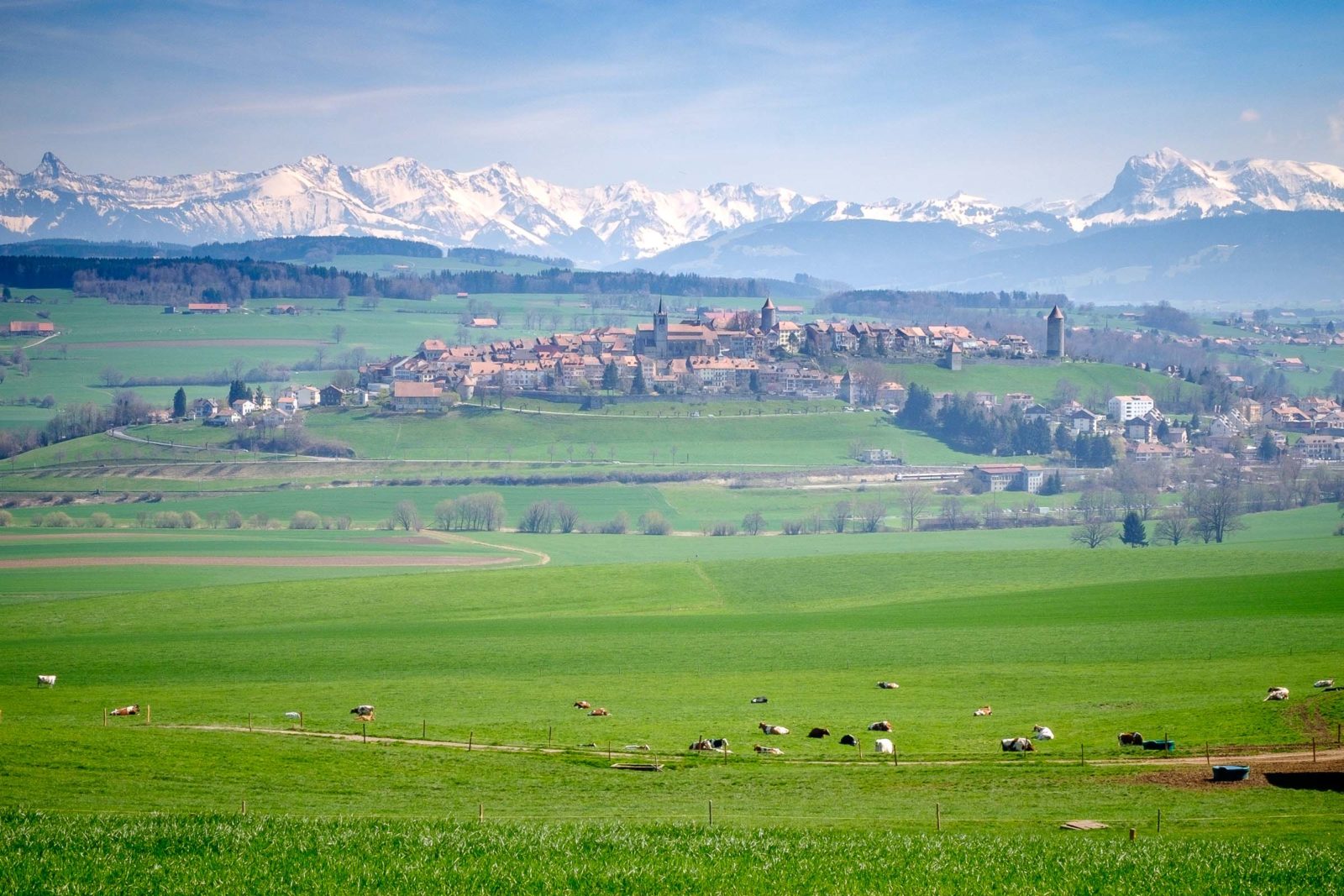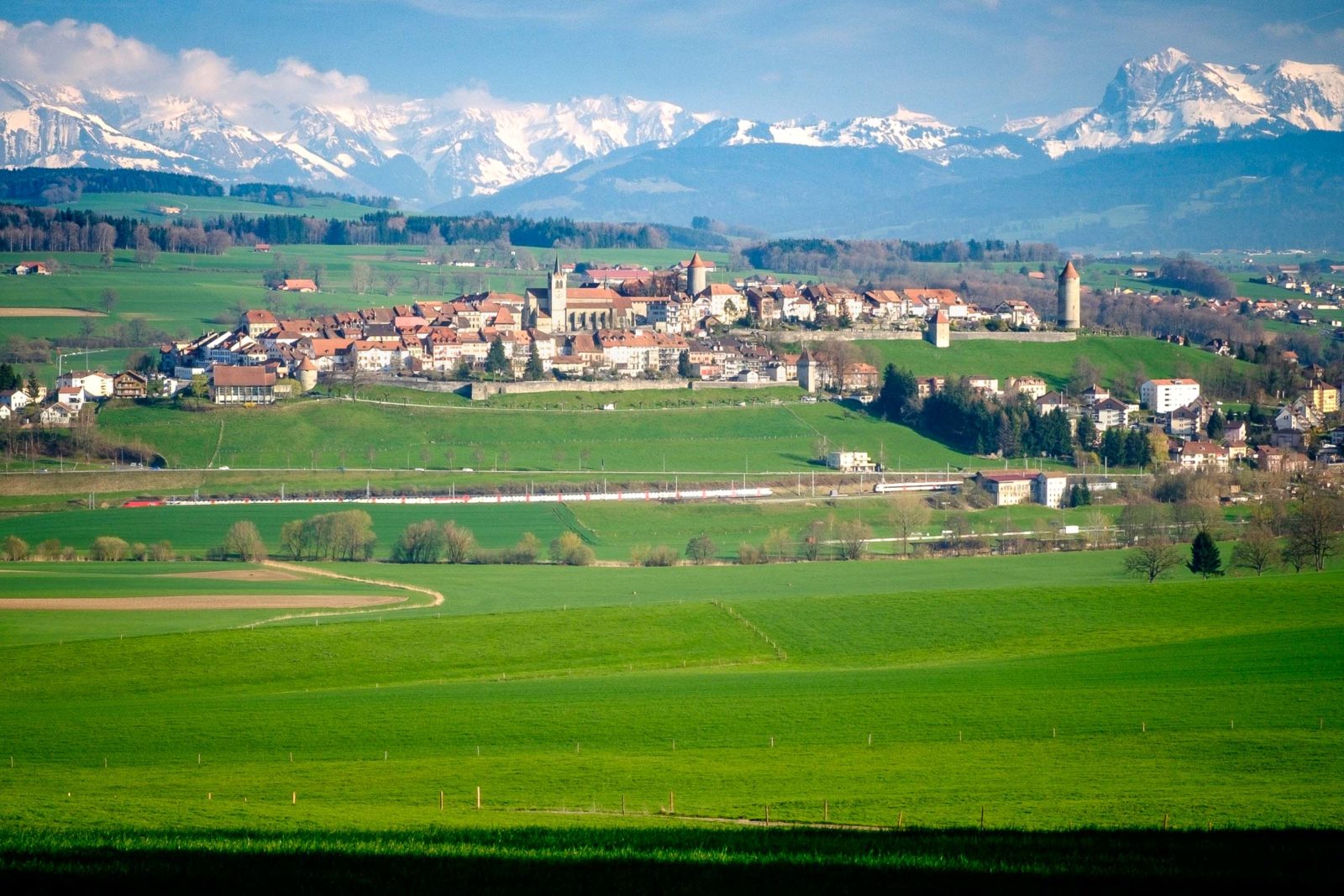Taking a great landscape photograph isn’t always just a matter of standing in the right place and pressing a button. Where many people speak of “luck”, the end result is – as Stefan Forster explained during a recent presentation – usually down to determination and patience.
Being in the right place is the easiest aspect, although it takes research and planning. Being at the right place at the right time takes experience: knowing that the view can be improved by waiting for a change in the weather, or by visiting at a specific time.
On a day with nice, sunny weather, a photo can be spoiled by the sun being in the wrong position. If the sun is in the picture shining towards the camera, the scene will lose definition thanks to flare within the lens. This can be used for creative effect, but the net result is a loss of detail and contrast. For a classical landscape view, it’s often better to ensure that the sun is out of shot and shining into the scene at an oblique angle.
Such is the case with Romont, in French-speaking Switzerland, when viewed from the Route de Bossens. The hill-top town lies to the south of the edge of a wood – the combination of an elevated town and an elevated viewing point allows for a landscape photograph with pleasing layers of interest. Behind the town, in the distance, the snow-capped alpine chain provides an extra depth to the photo and gives a little more context to the scene.
I think the image could be improved by photographing the scene when there are cows in the field, but that’ll have to wait for next time, as they’d retired for the day by the time we returned in the evening. Here’s a version of the scene from earlier in the day.
The weather was nice, but there was a good deal of haze in the air so the colours were muted and the details of the town were diffused. I decided to continue on our day out and return later in the day. Hazy weather in spring often clears as warm temperatures “burn off” the moisture in the air, so the view can change and become clearer later in the afternoon. That’s what I’d hoped for.
In the early evening, at around 6 p.m., the air was clearer and the sun had moved around to a better angle. The shadows on the lee side of the town’s towers and buildings were more defined, and the sun was illuminating the west-facing aspects of the old buildings more directly. This meant that the scene featured more tonal contrast, helping towards a photo with more depth and sharpness: an essential factor when photographing a scene in which there are a lot of small details to be enjoyed.
Although much can be achieved in post-processing, better original light is the best way to get a great photo. Both of the photos in this post were processed with the same settings in Lightroom, so you can clearly see the difference. Here they are, side by side.



Leave a Reply